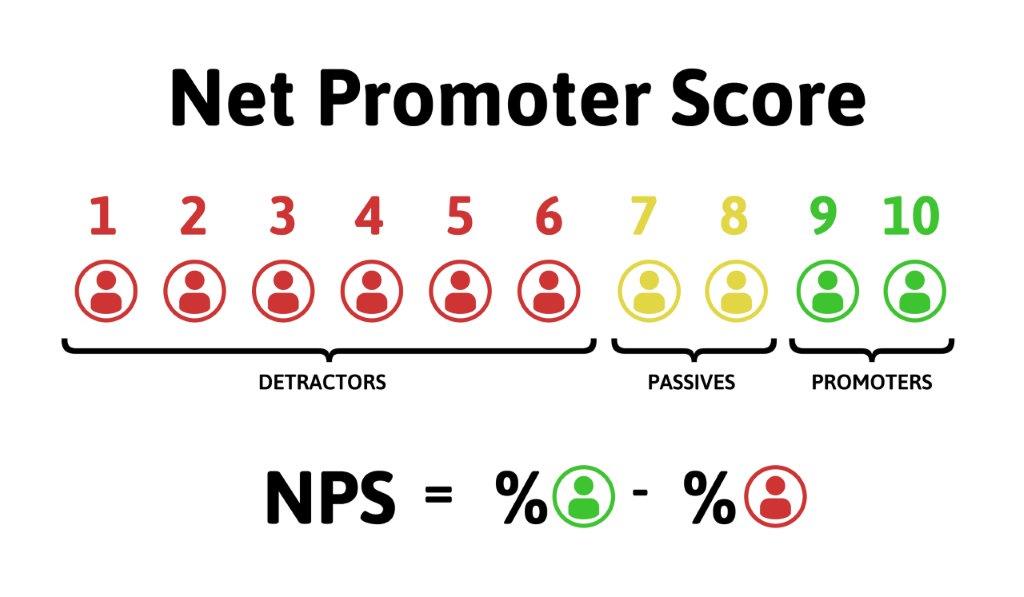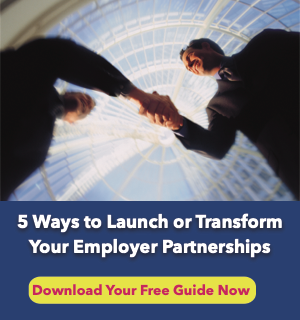We’re a data-driven society. Companies want to know the rich qualitative feedback behind the marketing tactics they deploy. And, fortunately, consumers want to be heard. So, companies leverage surveys – a tool to get the information they need while simultaneously benefitting their Net Promoter Score (NPS).
But, how can your school or university leverage NPS?
First, we need to define what NPS even is. That’s simple. It’s a customer satisfaction score on a scale of -100 to 100 that’s derived from a single question: how likely are you to recommend us to a friend or colleague. One question that defines your customer’s loyalty. It’s simplistic and transparent.
Your respondents will fall within one of three categories: promoters, passives, or detractors.
Promoters are individuals who respond positively and are highly likely to recommend your school to their friends and colleagues. They’re enthusiastic and loyal. Most of all, they’re a valuable asset because they contribute to organic growth.
Passive respondents rank your business lower than promoters do, but they are not neutral! Don’t fall into the trap of overlooking them. They’re unenthusiastic and unimpressed by your brand, that’s a dangerous combination because they can be swayed to look elsewhere to fulfill their needs. They require your attention and efforts to shift their viewpoint.
Detractors are individuals who are unhappy, and possibly even angry, with your school. They’re unlikely to recommend your brand and may even damage your reputation with negative comments.
It’s important to communicate with customers in each of the categories, and, of course, your tactics and messaging will change depending on which classification you’re dealing with.
Now that you know who affects your Net Promoter Score, the biggest point is why it’s important to your school. It reveals how happy and loyal your students and their families are to your brand. Your NPS indicates students’ overall experience and true reactive perspective on their education, your service, or the school as a whole.
Promoters are more likely to speak highly of your school and give unprompted praise on your behalf. That’s the ideal marketing plan – free and organic! Referrals and positive referrals reviews generate more student inquiries, which result in higher enrollment at your school. They’re your “boots on the ground.”
How can you tell if your Net Promoter Score is good or not? Relently’s 2020 NPS Benchmarks show Education & Training as 71, however the most important NPS score is your NPS Score. Often NPS scores are artificially skewed either too low because of the dominance of the detractors or too high because of low survey completion rates or incentivized offers.
You’ll get your Net Promoter Score by surveying students and recent graduates. The key is to be appealing and unobtrusive when asking for their feedback. The way you go about surveying can influence your NPS.
- Don’t be premature asking for a survey.
- Think about when you’re requesting your students to fill out the survey. What is going on in the semester? Are students overall swamped with midterms and finals? Are they on a break? Be strategic with your timing!
- Strategically choose your survey method.
- Consider if it’s more prudent to ask for feedback in an email or an in-class printed survey or even a survey sent to their homes. Which medium will generate the most responses and provide the most accurate insight to your student and alumni population?
- Don’t ignore the students who are unhappy.
- If you have students, you’re aware are unhappy with their experience at your school, reach out to them after the survey. Use their feedback to improve process and address your challenges.
- Don’t leave your employees out of the loop.
- Once you’ve completed your survey and calculated your NPS, share the results with your staff! Let them know where they’re having positive impacts and that their work is appreciated by leadership and the students. Educate them on the areas where students are dissatisfied so you can collectively improve.
Once you’ve determined your Net Promoter Score, consider it a baseline and continually seek to increase it and service your students to the best of your ability. Remaining stagnant is as damaging as a falling NPS! Continue the excellent service and work to deliver a positive experience to each and every student at your university! Measure your NPS frequently!
Don’t fret if your NPS is lower than you would like it to be. Net Promoter Scores are dynamic and can change over time. You can improve your score just by communicating with the students who have negative experiences and fall in the detractor category. Remember, people want to be heard! If you’re genuinely listening and addressing their concerns, you can increase your NPS. This will mend broken fences and will help you prevent making the same mistake in the future. You want to skew the ratio of promoters and detractors to the positive end of the spectrum.
Remember to set goals for your school to improve your Net Promoter Score! Define attainable SMART goals, such as improving your NPS by 10 points during the next school year. Establish steps and tactics to work towards your goal and execute!
Are you measuring Net Promoter score? If not, we can get your NPS and provide you rich qualitative feedback so you can accurately measure and improve customer loyalty.
Since 2008 Education Connex has been providing student acquisition, retention and market research solutions to some of the top non-profit universities.







